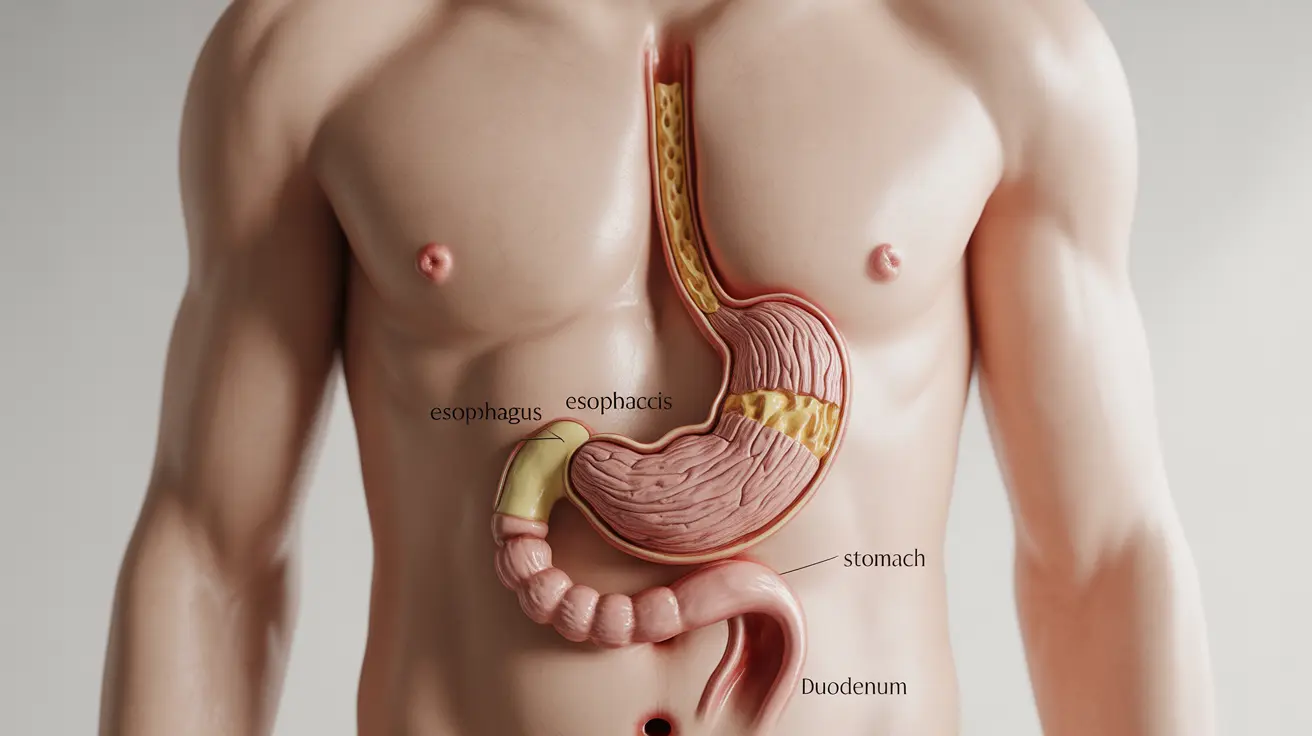Finger pain can significantly impact your daily activities, from typing on a keyboard to preparing meals or enjoying your favorite hobbies. Whether you're experiencing sharp, sudden discomfort or chronic aching, understanding the underlying causes and available treatments is crucial for maintaining hand health and functionality.
This comprehensive guide explores the various causes of finger pain, effective treatment options, and preventive measures to help you manage this common condition effectively.
Common Causes of Finger Pain
Finger pain can stem from various conditions, ranging from minor injuries to chronic medical conditions. Understanding these causes is the first step toward proper treatment and relief.
Injury-Related Pain
Acute injuries often result in immediate finger pain and may include:
- Sprains and strains
- Fractures
- Dislocations
- Cuts and burns
- Sports-related injuries
Medical Conditions
Several medical conditions can cause persistent or recurring finger pain:
- Osteoarthritis
- Rheumatoid arthritis
- Trigger finger
- Carpal tunnel syndrome
- De Quervain's tenosynovitis
- Gout
Diagnosing Finger Pain
Proper diagnosis is essential for effective treatment. Healthcare providers typically evaluate finger pain through:
- Physical examination
- Medical history review
- Range of motion tests
- Imaging studies (X-rays, MRI)
- Blood tests for inflammatory conditions
Treatment Options for Finger Pain
Conservative Treatments
Many cases of finger pain respond well to non-surgical interventions:
- Rest and activity modification
- Ice or heat therapy
- Over-the-counter pain medications
- Splinting or bracing
- Physical therapy exercises
Medical Interventions
When conservative treatments aren't sufficient, medical professionals may recommend:
- Corticosteroid injections
- Prescription medications
- Hand therapy
- Surgery (in severe cases)
Prevention Strategies
Preventing finger pain often involves maintaining good hand health and making lifestyle modifications:
- Regular hand exercises and stretches
- Proper ergonomics when using computers
- Taking regular breaks during repetitive tasks
- Maintaining a healthy weight
- Managing underlying conditions like arthritis
When to Seek Medical Care
Certain symptoms warrant immediate medical attention:
- Severe pain or swelling
- Inability to bend or straighten fingers
- Signs of infection (redness, warmth, fever)
- Pain that persists despite home treatment
- Numbness or tingling
Frequently Asked Questions
What are the most common causes of finger pain and how can I identify them?
The most common causes of finger pain include injuries (sprains, strains, and fractures), arthritis, trigger finger, and repetitive strain injuries. You can identify the cause based on symptoms like timing of pain, type of discomfort (sharp, dull, or throbbing), and accompanying symptoms like swelling or stiffness.
How is trigger finger diagnosed and what treatment options are available?
Trigger finger is diagnosed through physical examination and medical history. Treatment options include rest, splinting, anti-inflammatory medications, corticosteroid injections, and in severe cases, surgery to release the affected tendon.
When should I see a doctor for finger pain related to injury or infection?
Seek medical attention if you experience severe pain, significant swelling, inability to move your finger, signs of infection (redness, warmth, fever), or if pain persists despite home treatment for several days.
What non-surgical treatments can help relieve pain and stiffness in finger joints?
Non-surgical treatments include rest, ice/heat therapy, over-the-counter pain medications, gentle stretching exercises, splinting, and physical therapy. Lifestyle modifications and ergonomic adjustments can also help manage symptoms.
How can I prevent finger pain caused by repetitive strain or arthritis?
Prevent finger pain by maintaining proper ergonomics, taking regular breaks during repetitive tasks, performing hand exercises, maintaining a healthy weight, and managing underlying conditions like arthritis. Regular hand stretches and strengthening exercises can also help prevent pain and maintain flexibility.




